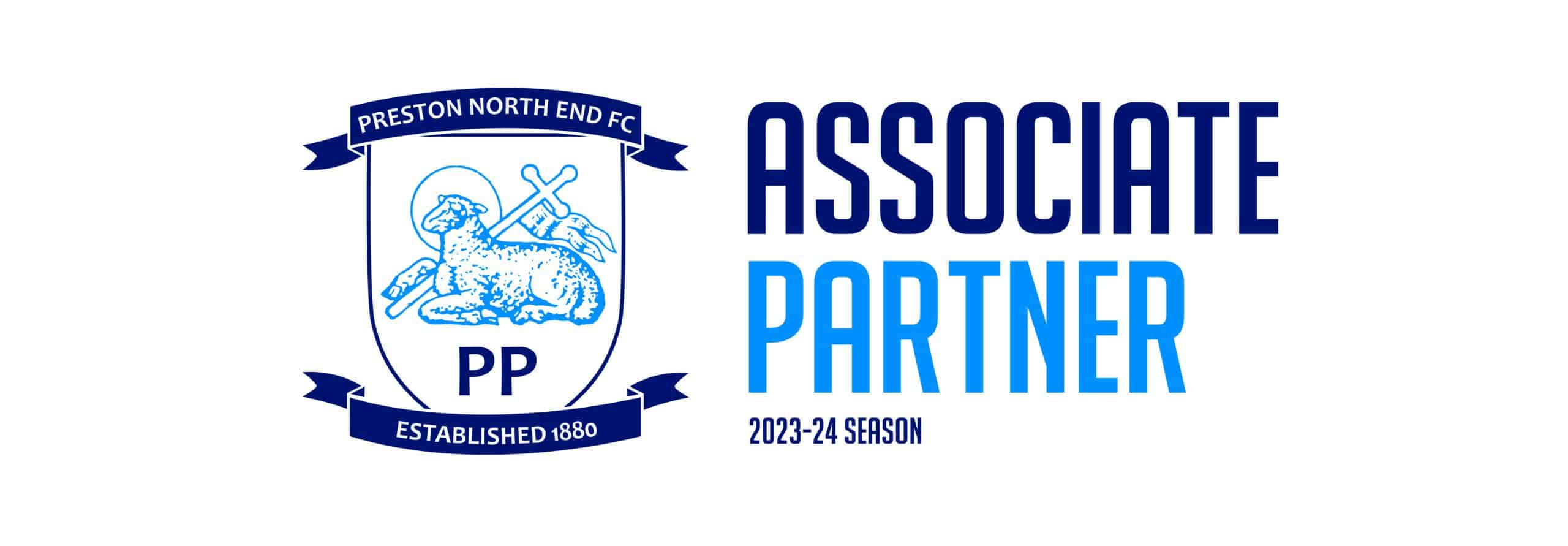Non-Standard Construction Mortgages – Timber Framed
- Expert Mortgage Advice
- Thousand of Mortgage Product
- Speak To Us To See If We Can Help
Get in touch today for a free, no-obligation chat about how we might be able to help you.
Home » Specialist Mortgages » Non-Standard Construction Mortgage » Non-Standard Construction Mortgages – Timber Framed
Non-Standard Construction Mortgages – Timber Framed
Timber frame houses can sometimes be more difficult to mortgage or remortgage, as fewer lenders will accept these properties. We’ll help you find a suitable mortgage deal.
Can you get a mortgage for a timber framed house?
Any property in the UK that is not made from brick or stone, or doesn’t have a slate or tile roof is considered to be ‘non-standard’ construction by lenders.
Mortgage providers are concerned that non-standard properties pose a higher risk, and some won’t lend money against them.
Why is it hard to get a mortgage on a timber framed home?
Timber framed homes, especially those built in the first half of the 20th century, are seen as less robust – partly because there were minimal building regulations in those days. There are general concerns about damp, rot and fire damage in a timber home.
Since 1970 there have been clear construction guidelines about timber frames and how they must be protected to make them structurally safe. It is usually easier to find a mortgage lender for these more recently built properties.
Can I finance a timber-framed extension with a mortgage?
Using a timber frame for an extension is often more affordable than other materials. Your mortgage lender often won’t be interested in the specific details of your planned extension unless you are borrowing large amounts to pay for the work.
If the rest of your house is of standard construction and the extension has been certified by an engineer, most mortgage lenders could help with a timber-framed extension.
Can I get a mortgage on a home with timber cladding?
It can be more difficult to get a mortgage on a home with timber cladding, but more lenders will allow it if there are bricks beneath the cladding. Timber cladding on a timber frame is often rejected by lenders. Some mortgage providers accept timber cladding if it’s limited to the first floor, and the ground floor is brick or stone.
One of the issues with timber cladding is that it takes some looking after, so lenders will be concerned that any lack of maintenance will potentially reduce the property’s value.
What do lenders consider when assessing a timber framed property?
There are various other things that a mortgage lender will look at if you are applying for a timber framed house. These include:
Type and age of property – older homes may be more difficult to mortgage, especially those of known types that have been identified as having structural issues. It will help if renovation work or repairs have been done.
Current condition – lenders will want a full survey into the current state of the property, particularly to assess whether there is any damp or rot.
Other materials – most mortgage providers have criteria about building materials used, which may improve or reduce your chances of a mortgage. Brick and stone is usually helpful, while reinforced concrete may set you back.
Insurance – as building insurance is a mortgage requirement, you may need to prove that you have a potential insurer lined up. Many insurance companies won’t cover a timber property.
Deposit – lenders will often set a higher minimum deposit on a non-standard construction home, of perhaps 15% to 25% or more.
Can I mortgage a Timber Framed Property as a Buy to Let Investment?
Generally all lenders will be looking for the same level of reassurance about the structure of the property and how easy it will be to sell. Whether it’s a residential mortgage or Buy to Let property won’t usually make a big difference.
The other key factor with Buy to Let is that the rental income you can generate could help cover the mortgage repayments. Talk to a broker to understand the specifics of your situation.
How can a mortgage broker help?
With complex mortgage situations, such as non-standard construction, you will really benefit from the support of a professional advisor. We know which lenders are more open to timber framed properties and will find suitable options for your situation.
We’re here at every step, from discussing your property plans to applying for the mortgage, getting surveys and legal work done and supporting you all the way to completion.
Some buy to let mortgages are not regulated by the Financial Conduct Authority.
Useful Links
- Limited Company Director Mortgages
- Self-Employed Mortgages with One Years Accounts
- Buy To Let Self Employed Mortgages
- Documents needed for Self-Employed Mortgage
- Joint Mortgage Applications when One is Self Employed
- What Income do Mortgage Companies Look at Self-Employed
- Are Self-Cert Mortgages Still Available?
- CIS Mortgages
